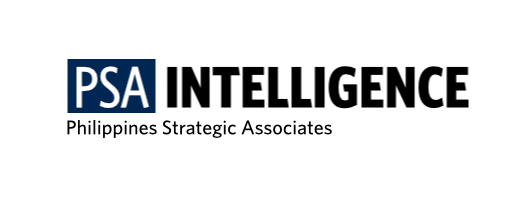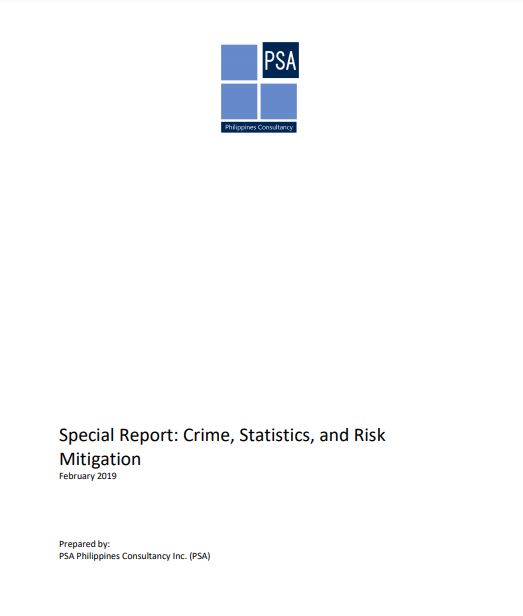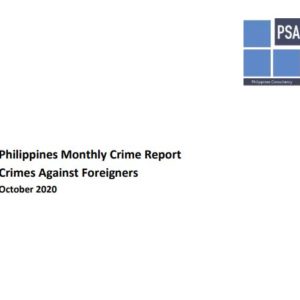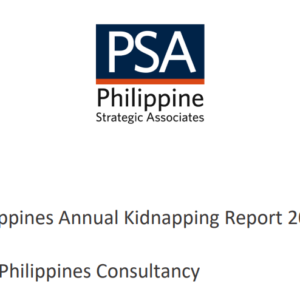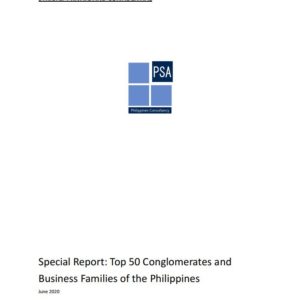Crime, Statistics, and Risk Mitigation
$250.00 – $300.00
As this report will demonstrate, while official statistics on crime are one source of information that business can (and should) make use of, such information is not, by itself, sufficient in gaining a clear picture of the particular risks a business may face. Clients are advised to develop a multi-layered approach to their informational awareness, using official statistics but also supplementing with more contextual information from informed sources. This report outlines a process whereby an organization continuously assess its risk profile, evaluating information from multiple sources within the individual context faced by the organization in its day to day operations.
Description
Executive Summary
- Crime statistics in the Philippines, like all countries, are often misused, mischaracterized, and/or prone to politicization. Crime statistics may also be difficult to use for fair comparisons over time because of variations in the methodology for how those statistics are generated.
- Over the last two decades, crime statistics have varied in considerable ways with methodological and reporting issues being a major driver for variation. Crime statistics showed dramatic changes in 2009 and 2013, owing to changes in reporting standards and methodologies adopted by the PNP. The apparent spikes in recorded crimes in those years were largely the result of methodological changes including more types of crimes as well as reporting from lower-level jurisdictions.
- Crime statistics continue to be reported on the basis of crime volume, rather than crime rate(crime rate is the standard methodology in developed countries). The PNP rarely releases crime figures adjusted for population. Meaning that smaller cities often appear to be safer
from criminal threats. This is not always the case after adjusting for population. - Due to controversy and concern over misinterpretation, crime statistics have become less readily available and transparent, owing, at least in part, to the ongoing ‘War on Drugs.’ For example, no PNP Annual Report has been publicly released for 2017. Political activists and
human rights groups have raised a number of concerns. However, for businesses and other organizations, the primary concern is access to timely and accurate information about potential criminal threats. - The focus on “index-crimes” is also potentially misleading for businesses as the PNP, for example, does not count criminal activity such as fraud and cybercrime in their index (which are perhaps among the most consequential criminal activities affecting businesses in the
Philippines). Since 2011, the nationwide proportion of index crimes to total crimes has been declining, meaning a larger proportion of crimes are not “index-crimes.” - Despite public controversies and potential issues with official statistics, multiple independent indicators, including survey data, indicate that petty crime is in general decline across the country.
- As this report will demonstrate, while official statistics on crime are one source of information that business can (and should) make use of, such information is not, by itself, sufficient in gaining a clear picture of the particular risks a business may face. Clients are advised to develop a multi-layered approach to their informational awareness, using official statistics but also supplementing with more contextual information from informed sources. This report outlines a process whereby an organization continuously assess its risk profile, evaluating information from multiple sources within the individual context faced by the organization in its day to day operations.
